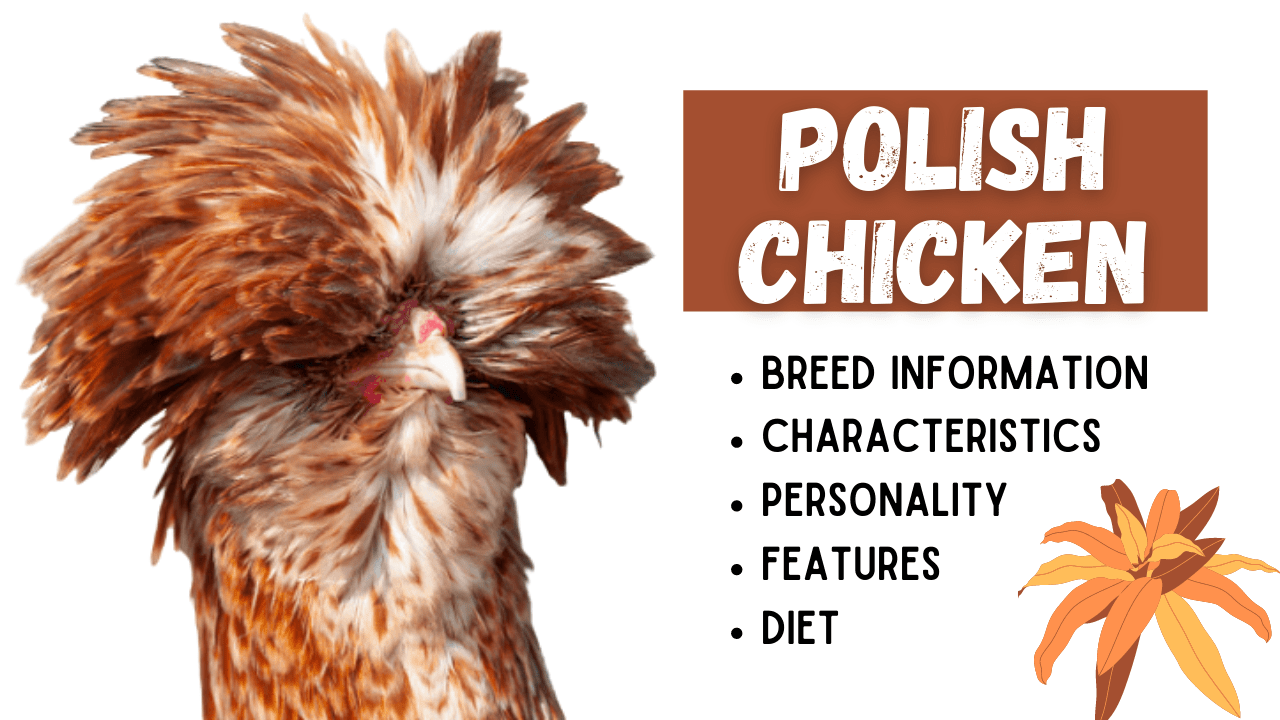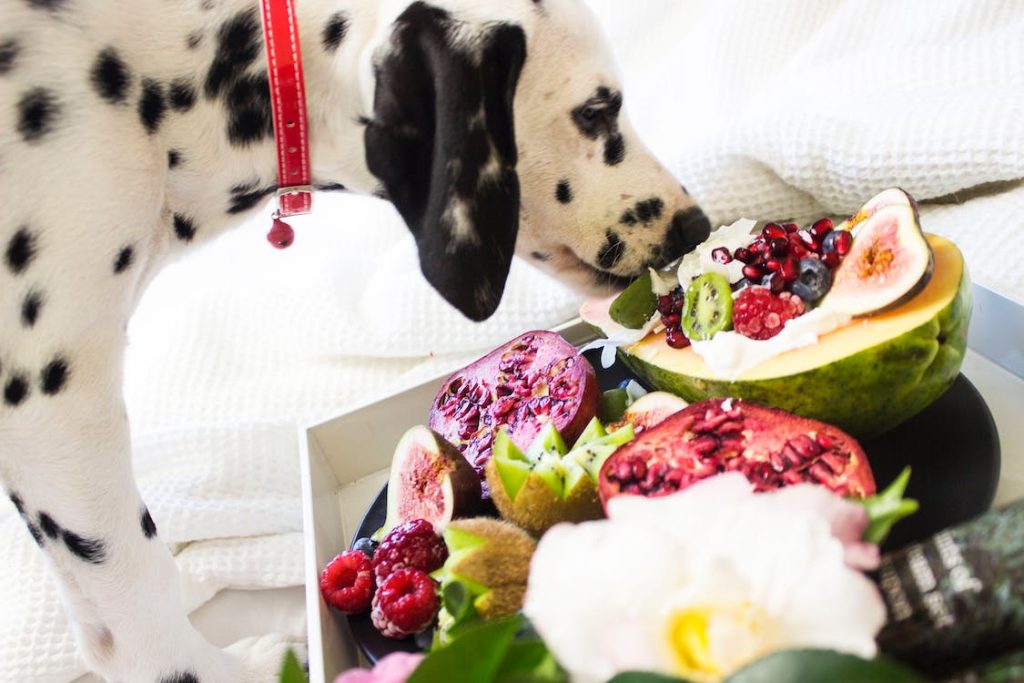
If you are looking for yet another chicken that has a unique look, you should check out the Polish breed. This breed is best known for its head full of feathers which makes it look like it is wearing a cap, helmet, or headdress of feathers.
In this article, we will discuss all the important things that you need to know about Polish including their history and origin, egg laying capabilities, appearance, size and color, temperament, and how you could properly take care of them.
Origin of Polish Chicken
The Polish is an old breed, very old that no one knows for certain its exact origins. There are, however, several stories that tell how the breed came upon.
One story tells that the King of Poland became unseated in 1736 and fled to France. Apparently, he brought with him his loved Polish chickens. These chickens were then adored by the French people. Even the French aristocracy loved them. This story might seem unbelievable. But no one knows for sure whether it is true or not so kindly take the story with a grain of salt.
Another story claims that the Polish breed came to Netherlands from Spain. This story also claims that the name Polish was obtained from an old Dutch word “pol” which means large head.
One thing is for sure – this breed of chicken has been in existence for a very long time. There are paintings of this chicken from the 15th century. The paintings depict that this chicken has been a part of everyday life.
The Polish breed then made its way from Europe to England in the 1700s. And then in years of 1830 to 1840, the chicken made its way into the USA. The chicken was primarily bred for being a good egg layer. However, it was soon surpassed by the white Leghorn because of the latter’s better egg laying performance.
Appearance
The Polish chicken will perhaps never be mistaken for other breeds. The Polish hen has a pom-pom like structure on top of its head. It is pretty looking for it is tidy and neat. On the other hand, a Polish rooster has the same structure but a less neat one. Both males and females have these head feathers but as they grow older, so are the head feathers. Because of that, they may experience vision problems because the feathers cascade over their heads, blocking their view.
The head crest remains strong atop of the head because it is supported by a bony prominence that arises from the skull of the chicken. Polish chickens may sometimes be bearded depending on the variety. The beard is a result of the profusion of feathers around the face.
The Polish rooster has a red V-shaped comb, which is another unique feature. This, however, often gets hidden beneath its head feathers. Its earlobes are colored white while its wattles are colored red.
The Polish chicken has gray colors legs. They also have four toes on each foot. Their feet and toes don’t have any feathers.
Size and Color
A Polish male will usually weigh about six pounds while a hen will usually weigh about four and a half pounds. They have white skin.
The American Poultry Association (APA) recognizes the following colors of the Polish chicken: non-bearded white crested block, bearded golden, non-bearded buff laced, and non-bearded white crested blue. There is also a recent variety called the Tolbunt.
Egg Laying
The egg laying capability of a Polish chicken hugely depends on its breeding line. But in general, its egg laying ability is so varied. They lay about 150 medium to white sized white colored eggs. They don’t excel in egg laying so turn your head away from the Polish if you want a dual-purpose chicken. The Polish also rarely brood, which means they typically don’t sit on their eggs after laying. But you can invest in any of the these best chicken nesting pads to encourage egg production in Polish Chickens.
Temperament
In terms of temperament, the Polish chicken is said to be a gentle and calm bird. They are suitable to become household pets. They go along with children. However, there is a tendency for them to become flighty and nervous primarily due to their head feathers obstructing their view. You can go around this by talking or whistling to your Polish chicken that you are near or around so that it won’t get startled.
For the chicken’s wellbeing, it is highly recommended to trim the feathers on its facial area for it to see clearly. This can prevent eye infection caused by its feathers touching its eyes. It will also make the chicken less flighty and nervous. It can also make your chicken well aware if predators are around.
The Polish chicken breed is primarily bred as ornamental chickens. They surely become eye candies because of their unique yet beautiful look.
Because of their calm and mild temperament, Polish chickens are often considered low on the pecking order. Other chickens, especially aggressive ones, on a flock may bully the Polish. They might even get interested into plucking the Polish’s head feathers. Hence, you must take caution of that.
The Polish is a good flyer. It can fly as high as in the branches of trees. So don’t go surprised if you see your Polish roosting in the trees in your yard. The Polish is also quite cold and heat hardy. It can tolerate a wide range of climates.
Should I Get a Polish?
If you want a dual-purpose chicken, like what was said earlier, the Polish is not what you are looking for. However, if you want to add a unique-looking chicken in your flock, not much caring about its meat or eggs, then the Polish is a good choice. It is a good ornamental chicken. Any person taking a glance at your Polish will surely become curious as to what it is. You can even showcase your Polish in an exhibition show hosted by a local agriculture or poultry association.
Conclusion
Overall, the Polish is an outstanding chicken breed, which is why it is considered to be one of the top 20 chicken breeds. You have been given the most important things that you need to know about the Polish breed – including how the breed originated, its appearance, temperament, size and color, and egg laying capabilities. The choice is up to you now to decide whether to get one for you coop or backyard. Whatever your decision may be, we wish you good luck in your chicken breeding journey!







